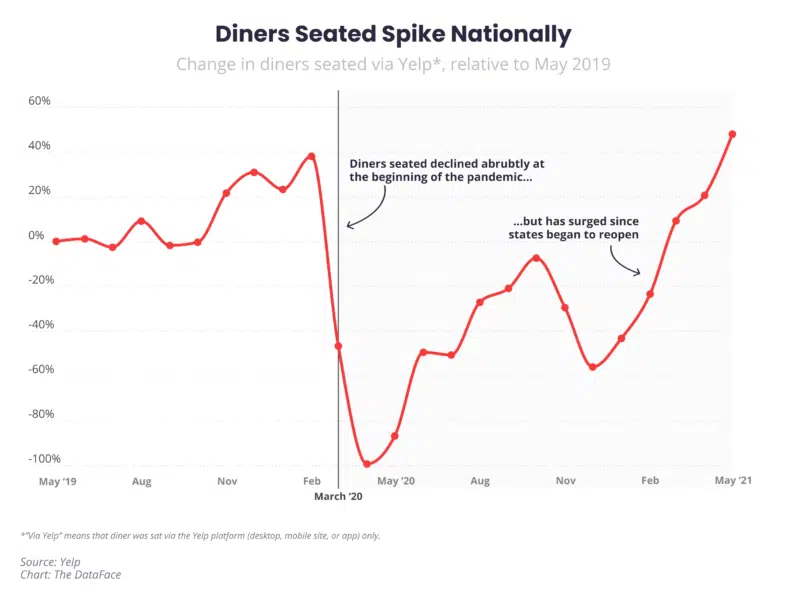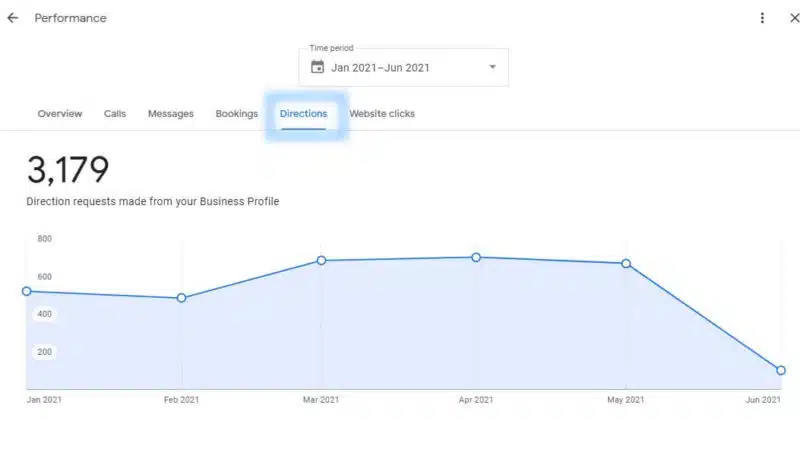Search Engine Land’s daily brief features daily insights, news, tips, and essential bits of wisdom for today’s search marketer. If you would like to read this before the rest of the internet does, sign up here to get it delivered to your inbox daily.
Good morning, Marketers, the 2021 SEO Periodic table has arrived.


We broke the news during SMX and now the latest edition of our SEO Periodic Table is available to all. For those of you who are hearing about this resource for the first time, the SEO Periodic Table is a handy infographic that organizes traditional SEO success factors and warns you about sketchy practices that can ultimately hurt your visibility (we call these “Toxins”).
This year (which happens to be the Periodic Table’s 10th anniversary!), we’ve added three new niches that dive deep into the unique characteristics of SEO for local businesses, news/publishing and e-commerce.
I could go on about how great I think it is, but I’ll just leave you with two reasons why you should check it out: Numerous agencies have told us they hang the Periodic Table in their offices, and we always run out of the poster-sized versions that are available during our in-person conferences.
Keep on scrolling for some new data on post-pandemic consumer behavior, new marketing capabilities for local businesses and more.
George Nguyen,
Editor
Diners are returning to restaurants in record numbers — what that means for local businesses


Over 3.7 million diners were seated via Yelp’s platform last month, which is an all-time high and a 48% increase compared to May 2019. And, 16,500 food and restaurant businesses reopened in April, according to Yelp, the highest number of reopenings since April 2020.
You can see the surge in diners heading back to restaurants in the chart above. The data looks promising for small businesses and restaurants (and the marketers who serve them), and we hope this trend continues.
Why we care. Last year, businesses in the leisure and hospitality industry suffered enormously as recreational activities were halted in favor of social distancing. Now that the nation is moving past the pandemic, consumers may be looking to make up for lost time, encouraged by the stimulus checks and more promising economic prospects as businesses continue to reopen. Keep this in mind if you’re working with restaurants and other local businesses, as there may be a lot more competition as things get back to normal in these industries. If you haven’t already, now’s a good time to update your business profiles, add some of the new profile attributes Yelp and Google have introduced (if applicable) and ensure that you have a process to solicit and respond to reviews.
Microsoft Advertising launches new Tours and Activities ad format in open beta


Advertisers in the leisure and hospitality industry now have a new ad format they can use to reach potential customers: Microsoft Advertising’s Tours and Activities ads, which are now available as an open beta.
These feed-based ads leverage Microsoft’s AI, so no keywords are required, and they can show for relevant searches in Bing search (as shown above), Bing Maps and as a carousel within Bing Travel Guides. Lately, there have been more and more statistics released regarding reopenings and increased demand for leisure activities (see the Yelp data above); this new ad format might help advertisers in this vertical tap into some of that demand.
Google My Business performance report adds driving direction requests and website visits


Metrics for driving direction requests (shown above) and website visits are coming to the new performance report in Google My Business. This change is rolling out slowly, so it may not have reached your account yet.
These metrics used to be in the old Insights report, so they’re not exactly new, but the driving direction metric is a bit different this time — Google’s looking to filter out multi-tapping, direction request cancellations and spam, so you may see fewer requests than before. When these metrics roll out to your account, you’ll be able to access them in your Google My Business dashboard, under Insights, in the new performance report.
The relentless pace of change in search spurs tool vendors to adapt
The practice of SEO is continually becoming more complex to encompass significantly more considerations than SEOs enjoyed in the “ten blue links” era. Today, SEO includes everything from content marketing and distribution to user experience, and even the core job of gathering and interpreting search intelligence has become more challenging as the search engines continually change their display of results and port them over to other media like voice assistants.
Google employs more than 1200 unique features (up from 810 in the last such count) — such as the Knowledge Graph, Direct Answers and FAQs — on its search engine results pages, seoClarity estimates, with each tailored to a certain type of search or search intent. They’re not all displayed at once, of course, and some are actually quite rare. Overall, out of those 1200 features, only 200 are found on more than 0.2% of keywords, according to seoClarity research.
Needless to say, features like these affect the way users respond to search results and influence what they click on — or if they click at all. Because different types of searches generate different layouts and types of displays, Nielsen Norman eye-tracking studies find that users need a moment to process the SERP before making a decision.
All of these changes have sparked an increasing need for enterprise SEO tools that help marketers identify where their pages are showing up (especially in these special features) and identify opportunities for optimization. Meanwhile, well-established SEO best practices like keyword research, page-level analysis, backlink tracking and acquisition, and rank tracking are still of critical importance, even as the environment continues to change.
Contributing authors are invited to create content for Search Engine Land and are chosen for their expertise and contribution to the search community. Our contributors work under the oversight of the editorial staff and contributions are checked for quality and relevance to our readers. The opinions they express are their own.



